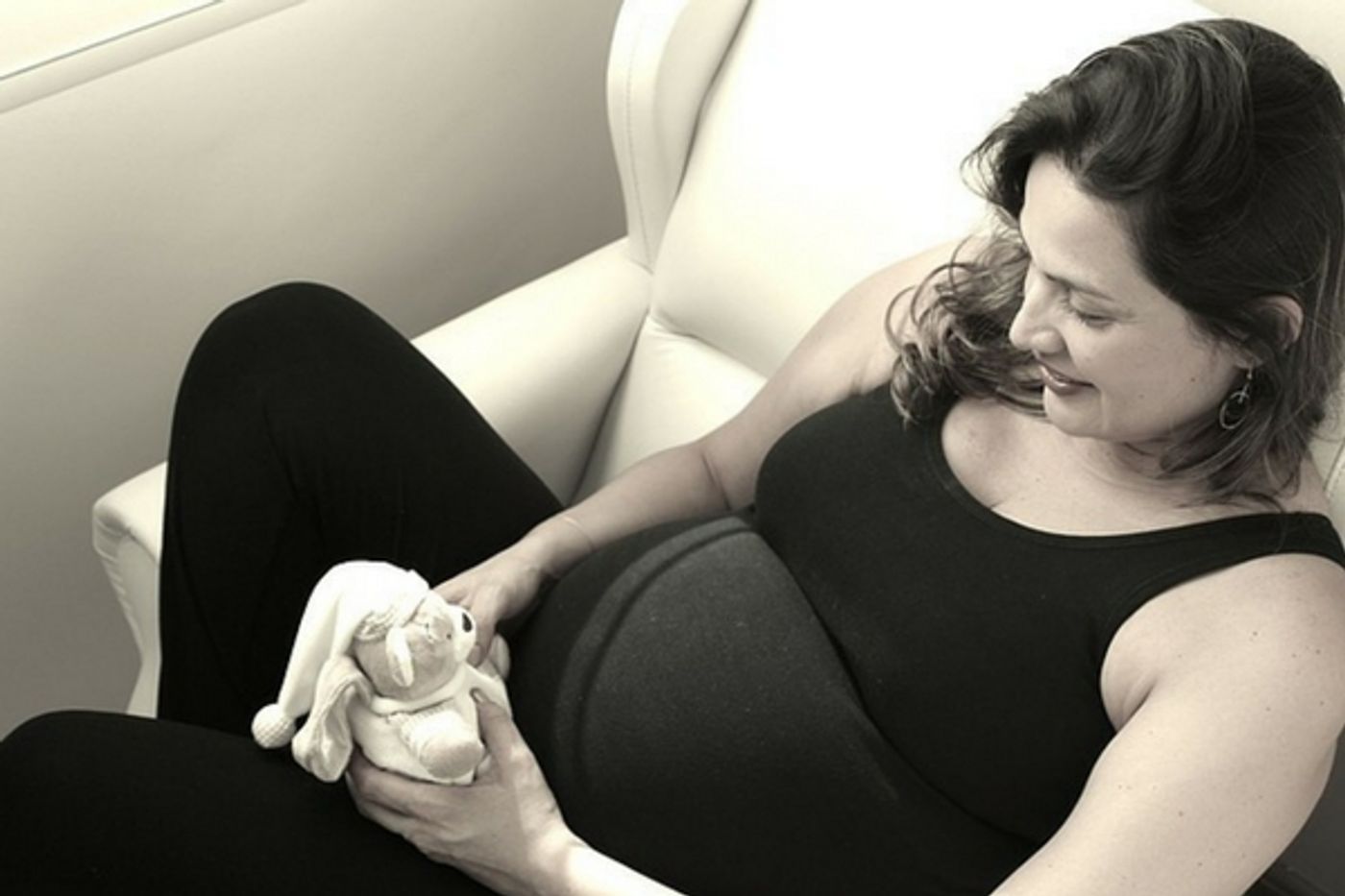Can The Key to Autism Be Found in the Gut?
At present, the Centers for Disease Control (CDC) estimate that 1 in 68 children will be diagnosed with an autism spectrum disorder. There is no known cause for autism. Autism encompasses a range of conditions and disorders, from mild to severe, so there is likely more than one cause, depending on the child.
Research is ongoing in many labs to find as much information as possible. Whether there is a genetic link, an environmental cause, or an immune system factor, finding out about the biology behind autism remains a goal for many in the scientific community.
Recent research by scientists from the University of Massachusetts and MIT suggests that an infection during pregnancy could be connected to an increased risk of giving birth to a child who will develop autism. Knowing how this infection presents could help in the understanding of how autism behaviors in offspring develop and whether or not the infection changes the brains of babies in utero.
There are two papers that were published recently, and both papers had the same two scientists as lead authors. They are Gloria Choi, who is an Assistant Professor of Brain and Cognitive Sciences at MIT and a member of the McGovern Institute for Brain Research and Jun Huh, a former assistant professor at UMass Medical School and currently a faculty member at Harvard Medical School. Together, they have published research that looked strains of bacteria in the gut of pregnant women.
The connection between gut bacteria and autism was investigated in a 2010 Danish study that found a correlation between certain viral infections during early pregnancy and a nearly three-fold increased risk of having a child with autism. Choi and Huh published research in 2016 on immune cells, known as Th17 cells and the molecule that activates them (the IL-17 molecule.) In mouse models it was found that inflammation in these cells causes a reaction in the developing brain receptors of a fetus in specific parts of the cortex. Their newly published work investigated further how “patches” of these receptors in the brains of babies in utero might be a factor in behavioral abnormalities common in autism, such as self-stimming behaviors, repetitive motions, and social difficulties.
One of the papers detailed the role of a protein expressed in the somatosensory cortex and autism beahviors. This is where the brain handles proprioception, the ability to know where one’s body is in the environmental space around it. Intraneurons in this region express a protein called parvalbumin, but in mice that were found to have irregularities in this area, due to inflammation, there were less of these intraneurons and areas of the somatosensory cortex were overexcited in the expression of this protein.
When the researchers were able to normalize the balance in this brain area, behavioral abnormalities in the mice were reversed. Inducing the overstimulation of these neurons resulting in behavioral abnormalities in normal mice. Being able to manipulate the process is key to finding a treatment.
The second paper by Choi and Huh concerned the role of an infection during pregnancy. Many women who have suffered certain infections have perfectly healthy children, so the connection between that microbiology and an increased risk of autism has yet to be firmly established. Choi explained, “This suggests that inflammation during pregnancy is just one of the factors. It needs to work with additional factors to lead all the way to that outcome.”
The relationship between Th-17 cells and the expression of IL-17 was the focus of this second work. An inflammatory immune response involving these cells could be related to the formation of the cortical patches that then are involved in behavioral abnormalities. The connection of the microbiome in the gut and what happens in the brain is an area of research into many neurological conditions, and autism is no exception. Huh stated, “This data strongly suggests that perhaps certain mothers who happen to carry these types of Th17 cell-inducing bacteria in their gut may be susceptible to this inflammation-induced condition.” More information can be found in the video below. Going forward Choi and Huh hope to continue their investigation into the gut-brain connection.









